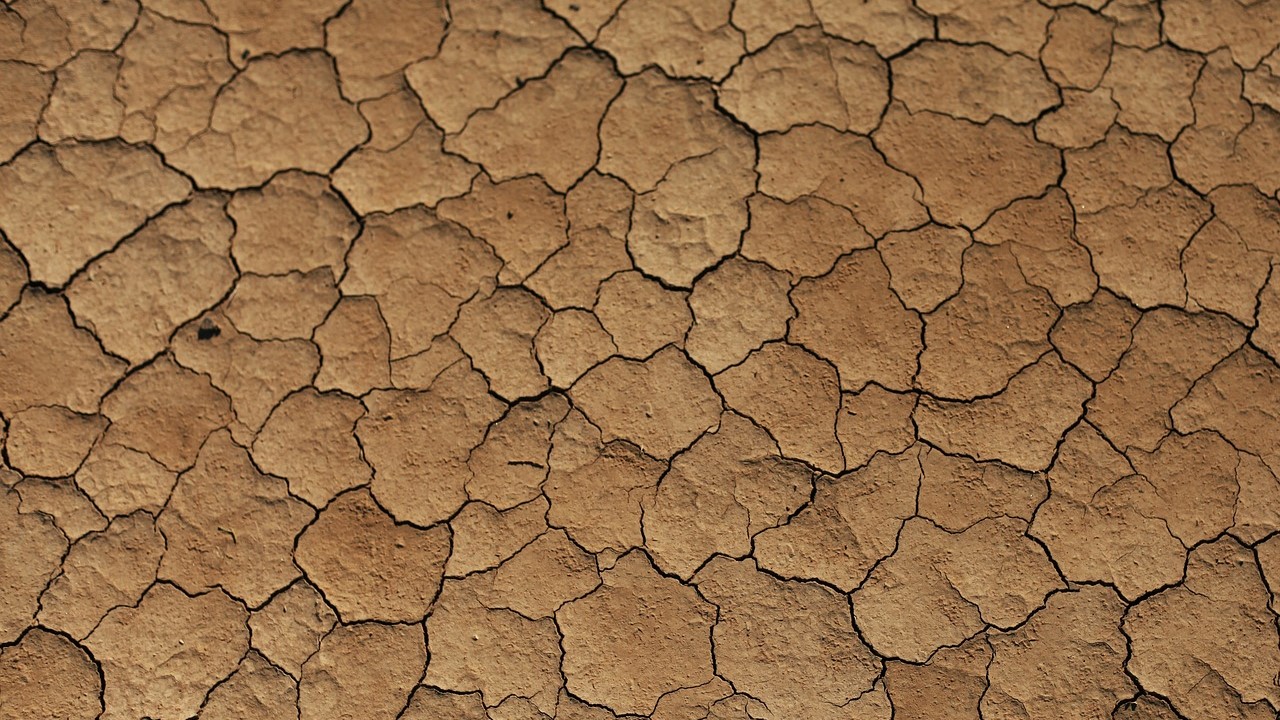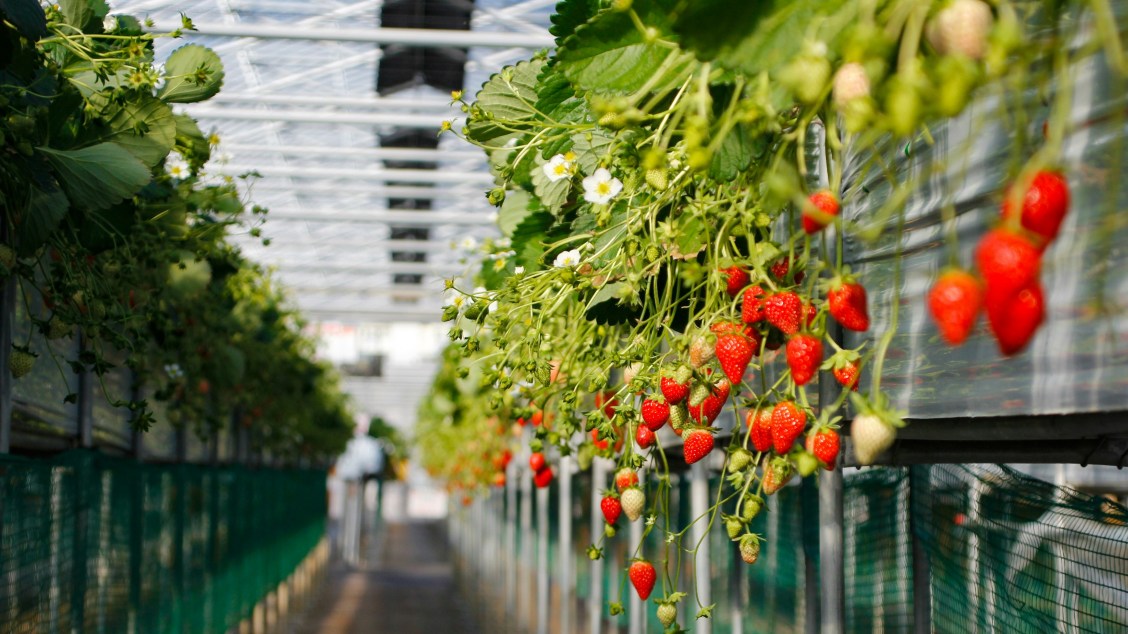
How Desertification Disproportionately Affects Women
Land degradation is one of the biggest ecological threats faced today. Defined as “the deterioration or loss of the productive capacity of the soils for present and future”, it is exacerbated by myriad human-induced factors, including agriculture, climate change, and deforestation. One particularly urgent form of land degradation is desertification, which has a distinctly negative effect on women worldwide.
Droughts are becoming more common, having increased in frequency and duration by 29% since 2000 compared to the two preceding decades. With over one-quarter of the global population already facing water stress, by 2050, more than 215 million people could be displaced by drought. Vulnerable areas will thus face significant land degradation, with land becoming arid and uncultivable.
The theme of the World Day to Combat Desertification and Drought 2023 is “Her land. Her rights”. Women make up a huge part of global agricultural labor. However, they are subjected to discriminatory laws and cultural attitudes that put them at a significant disadvantage in this trade. Securing the rights of women will have hugely beneficial effects worldwide, increasing agricultural output and the likelihood of conservation success.
What is desertification?
Desertification is defined as “land degradation in arid, semi-arid and dry sub-humid areas”, known collectively as drylands. Fertile land in these areas becomes arid, meaning that it cannot be used for cultivation. Human activities, such as land mismanagement and deforestation, and climatic variations, such as droughts, cause this phenomenon. Drylands make up a huge proportion of Earth’s land surface – around 41% – and as such desertification threatens around 2 billion people.
History of the World Day to Combat Desertification and Drought
In 1994, the United Nations Convention to Combat Desertification (UNCCD) was established, two years after desertification, climate change, and loss of biodiversity were officially recognized as highly significant threats to sustainable development at the 1992 Rio Earth Summit. This is one of three Rio Conventions established to combat these issues.
Soon after its inception, June 17th was declared the World Day to Combat Desertification and Drought. The aim of this is to draw attention to the work and importance of the UNCCD. With 75% of Earth’s land being transformed by human activities, predominantly for agricultural purposes, making it vulnerable to degradation, it is of the utmost importance that this land is managed effectively and sustainably. Not surprisingly, the degradation of such a large area of land would prove catastrophic for life on Earth.
The UNCCD’s ultimate goal is to prevent and reverse the process of desertification in drylands. This is to be achieved by implementing strategies based on better land and water resources management, conservation and rehabilitation efforts, and improving degraded land.
Gender and land degradation
Globally, women are disproportionately affected by desertification and drought. This is because they make up a large portion of the agricultural workforce in emerging economies (around 43%), but have limited rights with regard to land ownership, planning, decision making, and access to financial services and resources.
In many countries, women face discriminatory laws that hinder them taking ownership of or managing land. Women own just 20% of this land globally, despite being instrumental to global agricultural production. This leaves them vulnerable, as they are often dependent on male landowners for their livelihoods. They also have no say in decisions made about the land they operate on. This means they can find themselves homeless or destitute for any number of reasons. For example, the death of a spouse or domestic abuse.
Thus, the 2030 Agenda for Sustainable Development aims to achieve the interrelated goals of gender equality and land degradation neutrality. It’s widely recognized that women have a huge role to play in land restoration. This is because, when given the rights to their land, smallholder farmers are more likely to preserve soil and forests, as well as plant trees. So, giving women the right to own the land they work on will increase the likelihood they will conserve it. Ensuring women’s land rights benefits them, the global population, and the planet, through the increase in agricultural produce and preservation of their land.
One MDPI study found, through the use of a role-playing game, that female-headed households are more conscious of the environment and produce fewer cattle than their male counterparts when environmental conditions aren’t favorable. This results in less overgrazing and fewer “desert patches”, highlighting their more sustainable adaptive responses to such challenges. The authors therefore emphasize the importance of including women in natural resource management decision making.
The future
Addressing women’s land rights is essential if we want to achieve the Sustainable Development Goals. The widespread oppression of women in emerging economies has been shown to have serious impacts on global society. Increased food security and better land preservation are just some of the potential benefits of protecting women’s rights in agriculture.
Open access
MDPI makes all its research immediately available worldwide, giving readers free and unlimited access to the full text of all published articles. As the World Day to Combat Desertification and Drought highlights, improving women’s rights and preventing land degradation hinge on a concerted global effort. Open access supports this by ensuring vital work on these issues is available to all.
Are you looking to contribute to this global effort? Why not consider submitting to our journal Sustainability; see our full list of journals for more.











Este tema es muy importante, gracias por abordarlo de manera tan clara.
Hello,
Thank you for your comment and kind words.
All the best.